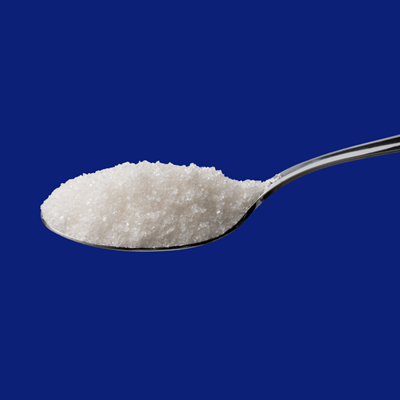Friday, 30 June 2023
Why is Aspartame in the News?
- The Joint FAO/WHO Expert Committee for Food Additives (JECFA) and the International Agency for Research on Cancer (IARC) are concurrently assessing the risks associated with aspartame.
- IARC has assessed if aspartame could pose a cancer risk, while JECFA will assess the risks to the public from the use of aspartame in food. The JECFA risk assessment will include a review of the acceptable daily intake[1] and dietary exposure assessment for aspartame.
- Media is reporting that IARC has assessed aspartame as a possible carcinogen ahead of the release of its formal report which will be made available together with the JECFA assessment, on 14 July 2023.
- Aspartame has been evaluated by numerous scientific committees internationally over many years and has been found to be safe. It is authorised for human consumption in many countries following thorough safety assessments. Prior to their authorisation at EU level, all additives must undergo a rigorous safety assessment, and this was no different for aspartame which is considered safe at current permitted levels of use.
- The FSAI will closely monitor the IARC and JECFA reports when they are published on 14 July 2023.
- The FSAI’s priority is to ensure that food is safe to eat. It will work closely with the European Food Safety Authority (EFSA) and other Member States, if any follow-up risk management measures are needed on aspartame.
What is Aspartame?
- Aspartame (E 951) is an intense, low-calorie, artificial sweetener authorised as a food additive (sweetener) in the EU and in many countries throughout the globe. It is approximately 200 times sweeter than sugar and as a result is often used as a sugar substitute or to enhance the flavour of foods (flavour enhancer).
What foods can Aspartame be found in?
- In the European Union (EU), aspartame is authorised for use in low energy or sugar free foodstuffs such as flavoured drinks, desserts, confectionery, dairy products, chewing gums, food supplements, energy-reduced and weight control products and also table-top sweeteners among others.
Evaluations of Aspartame
- Aspartame and its breakdown products have been the subject of extensive investigation for more than 40 years including experimental animal studies, clinical research, intake and epidemiological studies and post-marketing surveillance.
- Aspartame has been previously evaluated by the Joint Food and Agriculture Organization/ WHO Expert Committee on Food Additives (JECFA) (latest in 1981), the EU Scientific Committee for Food (SCF) (latest in 2002) and the European Food Safety Authority (EFSA) (latest 2013) among others. Both JECFA and the SCF had established an Acceptable Daily Intake (ADI) of 40 mg/kg body weight (bw)/day for aspartame.
- Previous Irish exposure assessments show that the exposure to aspartame by Irish adults and pre-school children are well below the ADI of 40 mg/kg bw/day.
European Food Safety Authority (EFSA)
- In its opinion in 2013, the European Food Safety Authority (EFSA) concluded that aspartame (E591) and its breakdown products (phenylalanine, methanol and aspartic acid) are safe for human consumption at current levels of exposure.
- To carry out its risk assessment, EFSA had undertaken a rigorous review of all available scientific research on aspartame and its breakdown products, including both animal and human studies and the opinion represented one of the most comprehensive risk assessments of aspartame ever undertaken.
- EFSA also concluded that the current acceptable daily intake (ADI) of 40 mg/kg bw/day is protective for the general population.
- EFSA is currently re-evaluating the safety of two related food additives, the salt of aspartame-acesulfame (E 962) and neotame (E 961).*
- In its re-evaluation of E 962, EFSA will consider all new data on aspartame since they last evaluated it in 2013.
- EFSA will also update its dietary exposure assessment of aspartame as part of its re-evaluation of the salt of aspartame-acesulfame (E 962).
-ENDS-
*The salt of aspartame-acesulfame (E 962) is a mixture of the two sweeteners aspartame (E 951) and acesulfame K (E 950), while neotame (E 961) is a chemically related substance manufactured from aspartame
[1] The acceptable daily intake (ADI) is an estimate of the amount of a substance in food or drinking water that can be consumed daily over a lifetime without presenting an appreciable risk to health.↵
Go to the top ⇧

